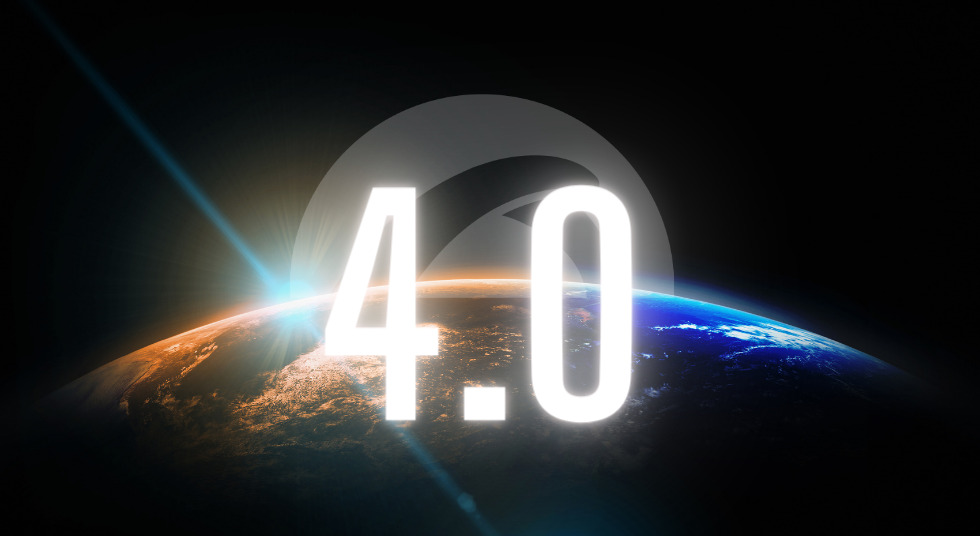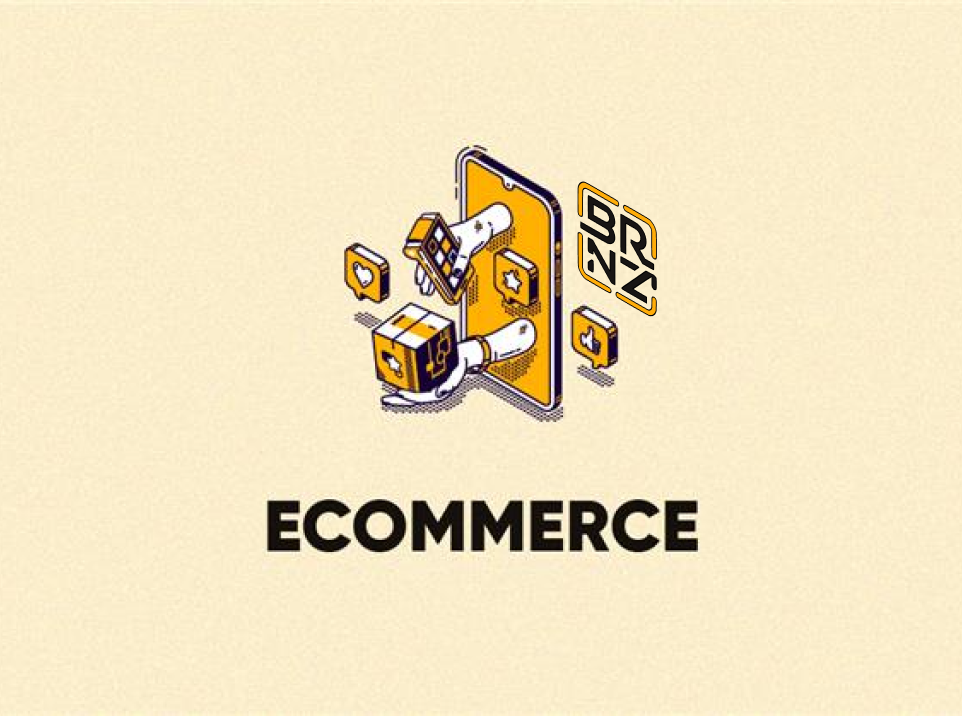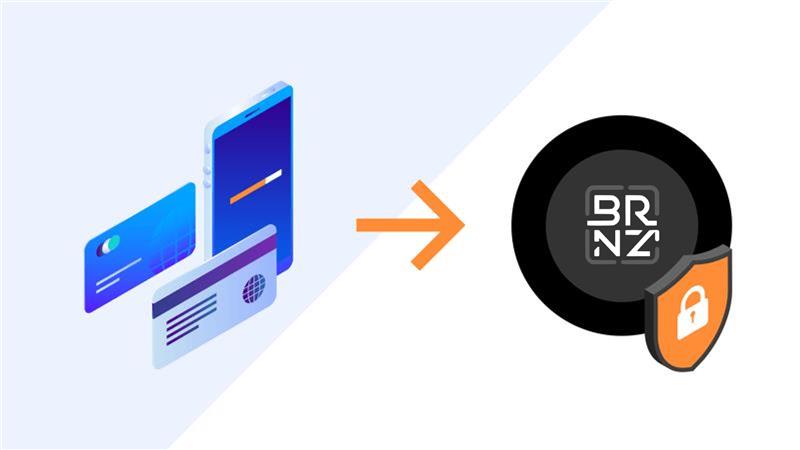As technology continues to evolve, so does the internet. Today, we are on the brink of a new era—Web 4.0, a more personalized, interactive, and intelligent version of the web. But what exactly is Web 4.0, and why does it matter? Let’s explore its journey, its defining features, and its potential to revolutionize our digital lives.
A Brief History of the Web
The Early Days: Web 1.0
The journey began with Web 1.0, the first generation of the World Wide Web, created in 1991 by Tim Berners-Lee. It was a static, information-sharing platform where users could only read content. By 1995, over a million websites existed, but they were primarily limited to text and images.
Web 2.0: Interactivity and Collaboration
The early 2000s brought Web 2.0, an interactive and collaborative version of the internet. Coined in 2004 by Darcy DiNucci, this era empowered users to generate content, interact through platforms like Facebook and YouTube, and share experiences. Social media, blogs, and user-generated content defined this phase, creating a more dynamic and participatory web.
Web 3.0: AI and Decentralization
Web 3.0 marked the rise of artificial intelligence (AI) and blockchain technology. By leveraging big data and decentralized systems, Web 3.0 aimed to create a “semantic web” that understood context, providing users with personalized experiences and enhanced connectivity between devices in the burgeoning Internet of Things (IoT).
What Is Web 4.0?
Web 4.0 is the next leap forward—a web powered by intelligence, interconnectivity, and seamless integration. It blends the interactivity of Web 2.0 with the decentralization and AI capabilities of Web 3.0 to create a collaborative, user-centered internet. In this era, machines and humans work together more closely than ever.
Key Features of Web 4.0
Personalization Web 4.0 delivers tailored experiences by analyzing user behavior, preferences, and data.
Collaboration Users and machines interact in real-time to complete tasks, from managing workflows to creating content.
Integration with Physical and Virtual Worlds Through technologies like brain-computer interfaces (BCIs) and augmented reality, Web 4.0 merges the digital and physical realms.
Decentralized Ownership Blockchain technology empowers users to control their data and digital assets.
The Metaverse Web 4.0 is closely tied to the growth of the metaverse, a 3D virtual space where users interact, create, and transact.
The Technologies Powering Web 4.0
Artificial Intelligence (AI)
AI plays a central role in automating tasks, understanding natural language, and delivering intelligent responses. It enables machines to reason, learn, and interact seamlessly with humans.
The Internet of Things (IoT)
By connecting billions of devices, IoT forms the backbone of Web 4.0. It allows for the exchange of data between smart devices, enhancing automation and efficiency.
Blockchain and Decentralization
Blockchain ensures secure, transparent transactions and ownership, making Web 4.0 a trustless and autonomous ecosystem.
Brain-Computer Interfaces (BCIs)
BCIs enable humans to control devices using their thoughts, unlocking new possibilities in accessibility and interaction.
Why Do We Need Web 4.0?
Enhanced Connectivity Web 4.0 connects devices, people, and platforms seamlessly, fostering collaboration and innovation.
Greater Personalization By understanding user needs, Web 4.0 creates experiences tailored to individual preferences.
Empowered Users Decentralization gives users control over their data, ensuring privacy and ownership.
Integrated Ecosystem The blending of physical and virtual worlds opens doors to new business models and opportunities.
Challenges Ahead
Despite its potential, Web 4.0 faces challenges that must be addressed:
Security Risks With more data online, the risks of identity theft and cyberattacks increase.
Scalability As the number of connected devices grows, maintaining speed and efficiency will be critical.
Accessibility Bridging the digital divide is essential to ensure everyone can benefit from Web 4.0 technologies.
Web 4.0:The Dawn ofa Smarter, More
Conclusion: Embracing the Future of Web 4.0
Web 4.0 is set to redefine how we interact with the internet and each other. With its prom of intelligence, collaboration, and seamles integration, it offers a new paradigm that empowers users and transforms business As we step into this era, it’s essentialto embrace its potential while addressing its challenges, ensuring a future where techn* truly serves humanity
Stay Ahead: The internet is evolving rapidy— make sure your business evolves with it. Start building your agentic future todayl One place is available for the start this month. Contact us now at hi@brnz.ai!



